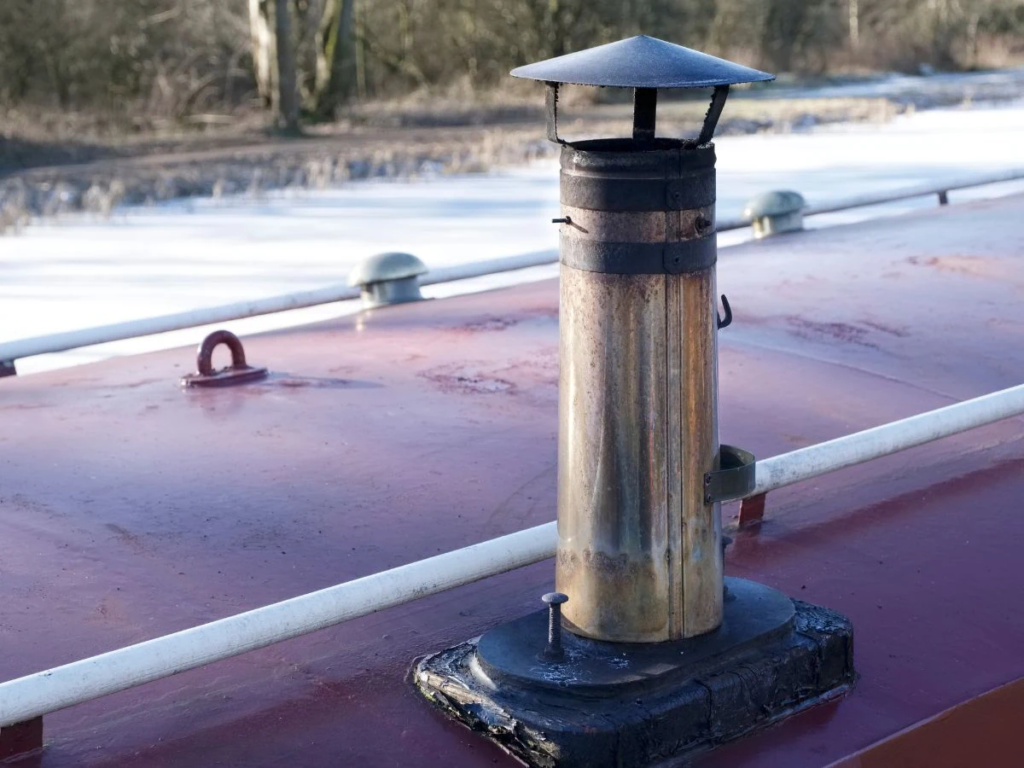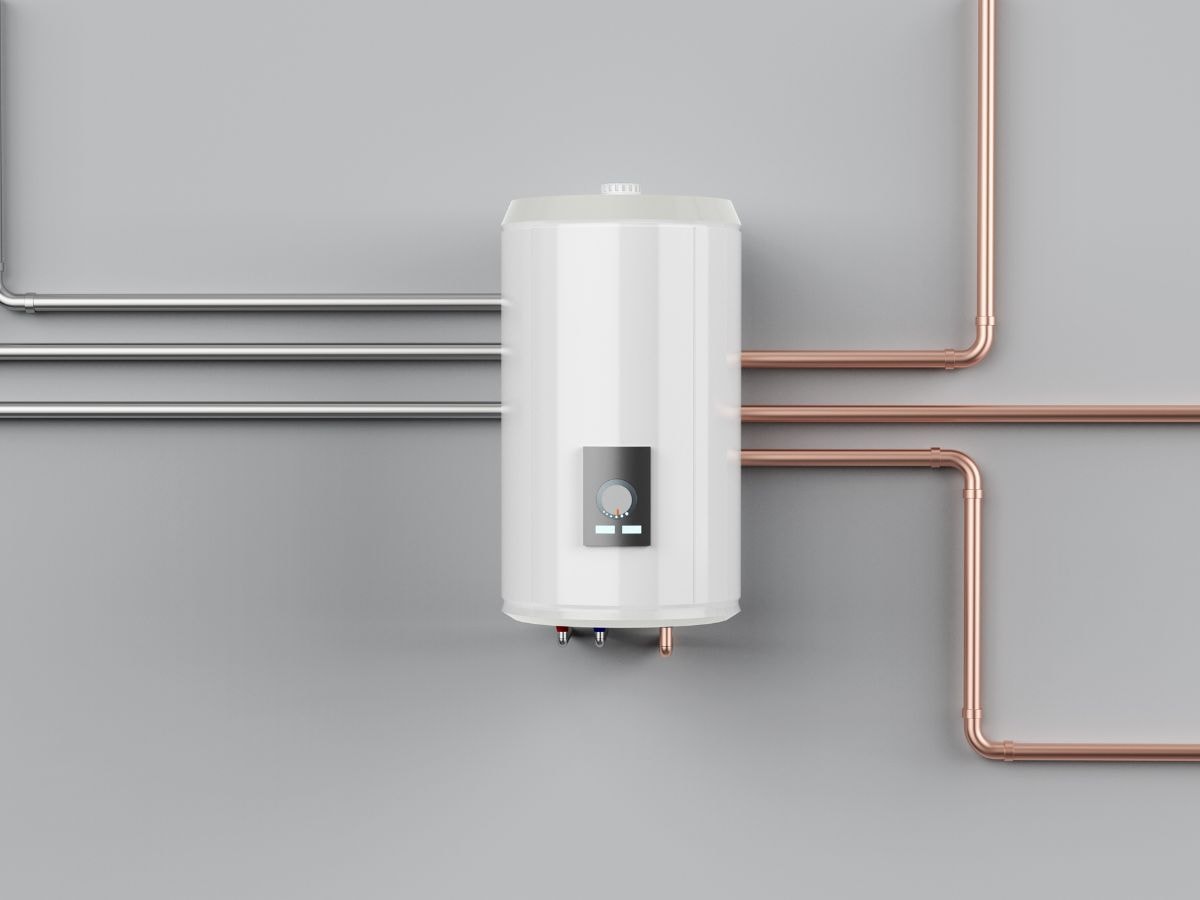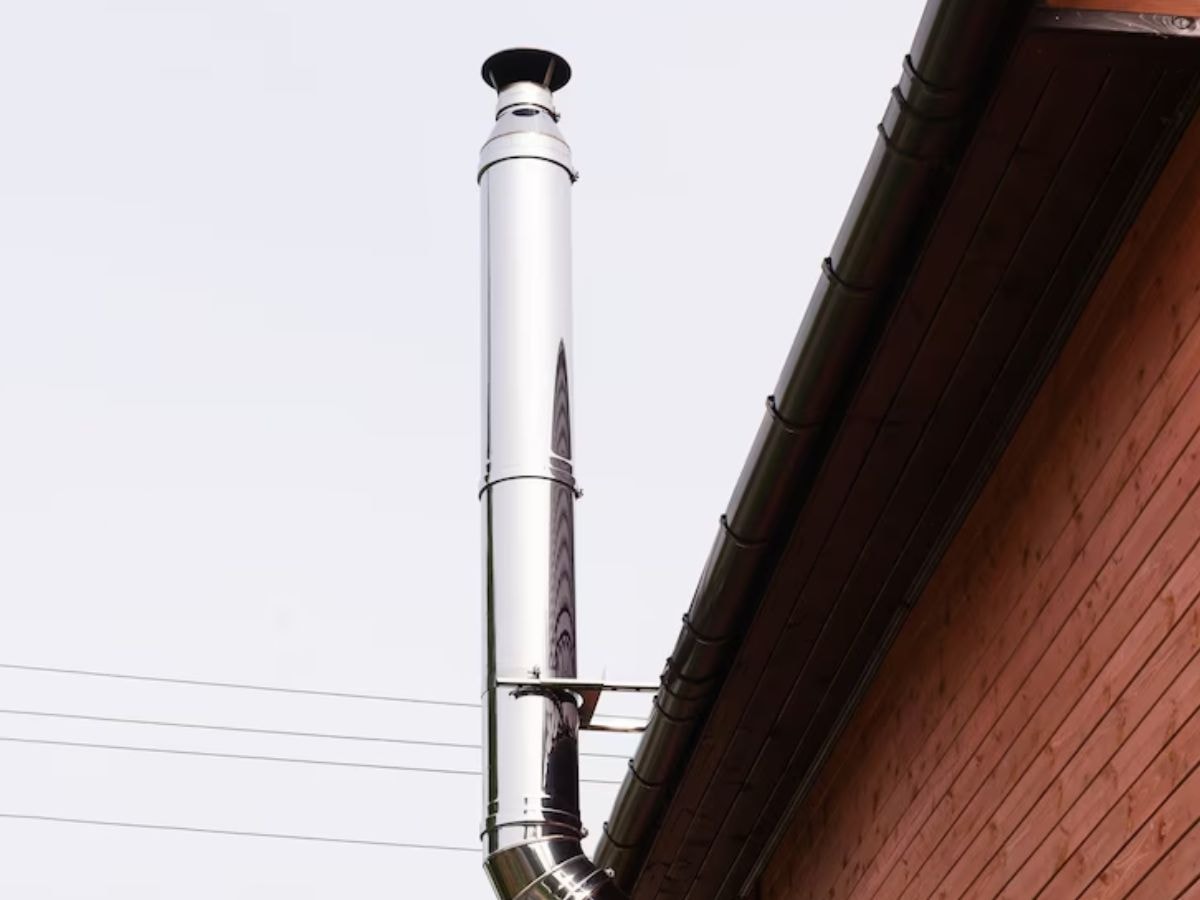Boiler Flue: Symptoms, Causes & Quick Fixes
When your boiler produces carbon monoxide instead of just heat and hot water, it can lead to a dangerous condition known as “boiler flue.” This term describes flu-like symptoms that occur when people breathe in carbon monoxide (CO) from a malfunctioning boiler system. Unlike seasonal flu, boiler flue can escalate from mild discomfort to life-threatening poisoning within hours.
Carbon monoxide poisoning from faulty boilers accounts for numerous emergency hospital admissions annually across the UK, yet many homeowners remain unaware of the warning signs until it’s too late.
What is a Boiler Flue?
A boiler flue is a vital component of any modern boiler system, acting as a safe pathway for waste gases produced during the heating process to exit your property. When your boiler burns fuel to heat water for your central heating or hot water needs, it generates by-products such as carbon monoxide and carbon dioxide. The flue, which is typically a pipe or duct installed on an external wall or through the roof, channels these harmful gases away from your home and releases them safely into the atmosphere. This prevents dangerous gases from re-entering your living space and ensures your boiler operates efficiently and safely. Boiler flues are especially important in combi boilers, where the compact design requires effective removal of combustion gases. Proper installation and maintenance of the flue are essential for the safety and performance of your entire boiler system.
Types of Boiler Flues
There are several different types of boiler flues designed to suit various property layouts and boiler systems. The most common are horizontal flues, which are typically installed through an external wall and expel waste gases directly outside. Vertical flues, on the other hand, are used when a horizontal installation isn’t possible such as in properties where the boiler is located away from an external wall. These flues run upwards and exit through the roof, making them ideal for flats or homes with limited wall space. Twin flue systems offer even greater flexibility, using two separate pipes: one for drawing in fresh air and another for expelling waste gases. This setup is particularly useful for complex installations or where longer flue runs are required. Additionally, there are different types of flue terminals, such as concentric and twin flue terminals, each designed to work with specific boiler systems and ensure safe, efficient expulsion of gases.
Boiler Flue Components
A safe and efficient boiler flue system relies on several key components working together. The flue pipe is the main channel that carries waste gases from the boiler to the outside atmosphere. At the end of this pipe is the flue terminal, which is responsible for safely releasing the gases away from the property. The vent is another crucial part, helping to prevent debris-like leaves, twigs, or even birds’ nests-from entering the flue pipe and causing dangerous blockages. To further enhance safety and performance, accessories such as flue covers and extensions can be added, especially in challenging installations. Using high-quality components, such as those supplied by Ideal Boilers, ensures your boiler system operates reliably and safely, protecting your home from the risks associated with harmful gases and debris buildup.
Regulations and Standards
Strict regulations and standards govern the installation and maintenance of boiler flues to ensure the safety of your property and its occupants. These rules specify minimum distances that must be maintained between the flue terminal and any windows, doors, or other openings to prevent exhaust gases from re-entering the building. For example, in the UK, a flue terminal must be at least 2.1 meters above ground level if it faces a public pavement or a frequently used pathway. Regulations also dictate how close a flue can be to neighbouring properties and other features like soil pipes or guttering. To comply with these safety requirements, it’s essential to have your boiler flue system installed and regularly checked by a qualified engineer, such as a Gas Safe Registered professional. Adhering to these standards not only keeps your system legal but also ensures the safe and efficient operation of your boiler.
Symptoms of Boiler Flue Problems
Boiler flue problems can present several warning signs that should never be ignored. One of the most serious risks is the buildup of carbon monoxide and other harmful gases due to blocked or restricted airflow in the flue pipe. Visible symptoms around your boiler system may include black or dark grey marks near the appliance, which can indicate combustion spillage. Blockages caused by debris such as leaves, twigs, or birds’ nests are common, especially if the flue terminal is exposed. Faulty or damaged flue components can also compromise the safe expulsion of gases. If you notice any of these signs, or if your carbon monoxide alarm sounds, stop using the appliance immediately and contact a qualified engineer to inspect and repair the system. Regular maintenance, including annual checks of the flue and its components, is essential to prevent these issues and ensure your boiler operates safely and efficiently.
Causes of Boiler Flue
Most cases stem from combustion problems preventing your boiler from burning fuel cleanly. Boilers burn different fuels, such as gas or oil, and incomplete combustion of these fuels can produce harmful flue gases, including water vapour and fumes.
Inadequate combustion air supply occurs when airtight homes don’t provide enough fresh air for proper combustion, producing carbon monoxide instead of carbon dioxide.
Blocked or damaged flues prevent combustion gases from escaping safely. Blocking of the flue by debris, snow, or other objects can cause dangerous backup of flue gases and fumes into the house, and safety measures such as guards or covers can help prevent blocking. Bird nests, debris, structural damage, or snow can obstruct flues, causing dangerous gases to back up into your home.
Faulty heat exchangers allow carbon monoxide to mix with circulating air. This failure often occurs gradually, making detection difficult without professional inspection. Improper positioning or installing of the flue, such as placing it too close to a window, opening window, velux window, door, or drain pipes, can allow hot gases and fumes to re-enter the house.
Poor maintenance accelerates wear on safety components. Dust, debris, and corrosion interfere with proper combustion, whilst worn seals allow CO to escape into living spaces. It is important to check the pipework and ensure the flue is suitable and correctly positioned, whether horizontally or vertically, including on a flat roof with a vertical flue.
Improper installation creates long-term safety risks through incorrectly sized flues, inadequate ventilation, or substandard workmanship. Correct positioning and positioning of the flue are essential, and safety measures and regulations specify certain distances from windows, doors, and other features to prevent gases coming back into the house. That’s why using a Gas Safe registered engineer is legally required under the Gas Safety (Installation and Use) Regulations 1998 to ensure installations meet these standards and safeguard occupant safety.
Prevention is your best defence against carbon monoxide poisoning.
Annual boiler servicing by Gas Safe registered engineers is essential. Technicians check combustion efficiency, inspect heat exchangers, verify flue operation, and test safety devices. This £80-120 annual investment prevents thousands in emergency repairs and protects your family. Here’s what boiler maintenance typically includes.
Carbon monoxide detectors provide crucial early warning. Install audible CO alarms in hallways near bedrooms and on every level. Choose detectors meeting British Standard EN 50291 with digital displays. Replace batteries annually, test monthly, and replace units every 5-7 years.
Maintain adequate ventilation around your boiler. Don’t block air vents providing combustion air. Consider ventilation requirements when planning home improvements that increase airtightness.
Regular visual inspections help identify problems between services. Check external flue terminals monthly for obstructions or damage. Look for rust, corrosion, or unusual noises. Yellow or orange flames instead of blue indicate combustion problems requiring professional assessment.
Develop evacuation plans so your family knows how to respond quickly if CO alarms sound.
Conclusion
Boiler flue represents a serious but preventable threat. By understanding symptoms, recognising causes, and knowing emergency responses, you can protect your household from this invisible danger.
Never ignore flu-like symptoms affecting multiple family members, especially during heating season. Ensure annual professional servicing, install carbon monoxide detectors, and evacuate immediately if you suspect CO exposure.
Boiler flue is entirely preventable with proper maintenance and vigilance. The investment in annual servicing and safety equipment is minimal compared to potential consequences.
For more information on common boiler issues, check out these helpful guides:
If you need professional boiler servicing in Newcastle, Premier Gas offers comprehensive maintenance and emergency repair services. With experienced Gas Safe registered engineers, we ensure your heating system operates safely and efficiently. Contact Premier Gas today to schedule your annual service and protect your family’s safety.



